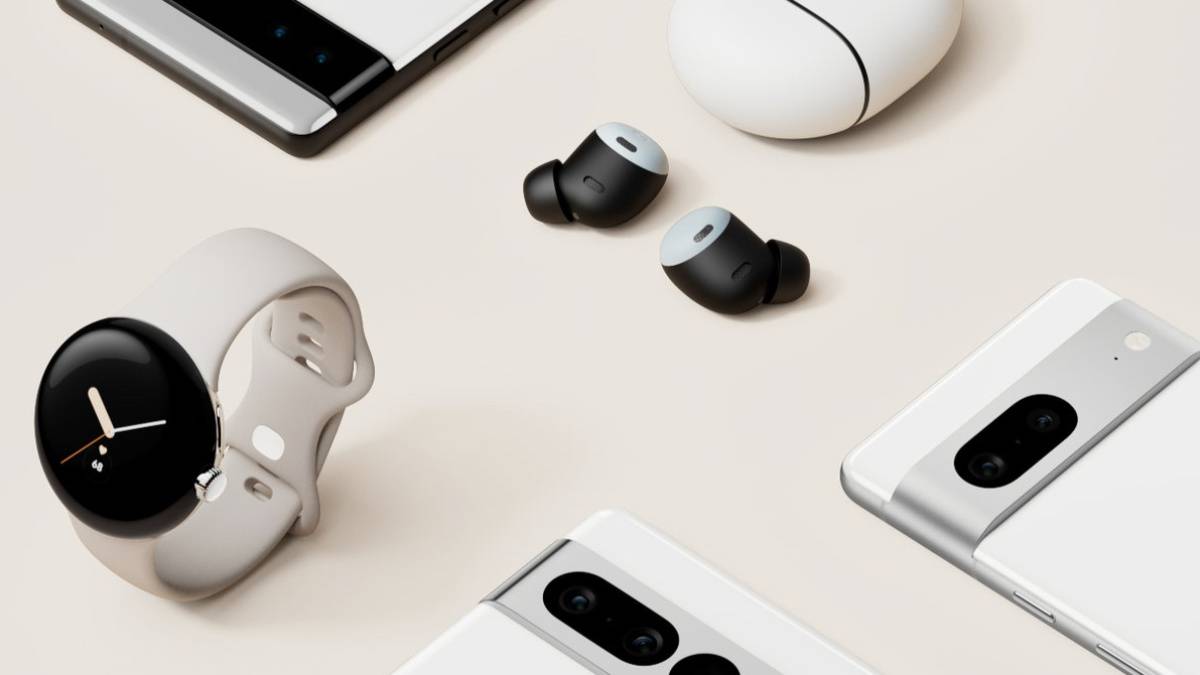
The two-hour Google I/O conference requires a lot of mental focus.
Just as people gradually became inattentive and began to yawn, Google started “Charge”, Android 13, Pixel 6a, Pixel Buds Pro, a series of blockbuster new products were quickly launched like rockets, lifted off, bombed, and drove away Fatigue also brought an emotional climax to the scene.

Finally, Google even gave people a pie at the conference – a series of new products such as the Pixel 7 and Pixel 7 Pro will be released this fall.
This is a press conference and a preview.
artificial intelligence everywhere
Right from the start of the conference, Sundar Pichai informed developers about new Google Maps achievements, covering everything from forest fire warnings to helping people find new crown vaccination spots.
In addition, the map team has also increased the number of buildings in Africa by 5 times, and the number of buildings in India has also increased by 2 times. This does not mean that Google “built” more buildings in these places, but refers to the fineness of the map. It has been improved. Buildings that were not displayed on the map can now appear, and the number of details has increased significantly.
The reason why they can get such an obvious improvement in detail is that they combined artificial intelligence to detect satellite images, and this artificial intelligence was used as a key word throughout the entire conference, including the Google search introduced next.
In the future, Google search will introduce the Multisearch near me function. After that, Pichai showed this function: take a photo of the faucet, add a search phrase: repair the parts of this thing, and finally end with “near me”, search The engine will mark the nearby shops where the part can be purchased on the map.
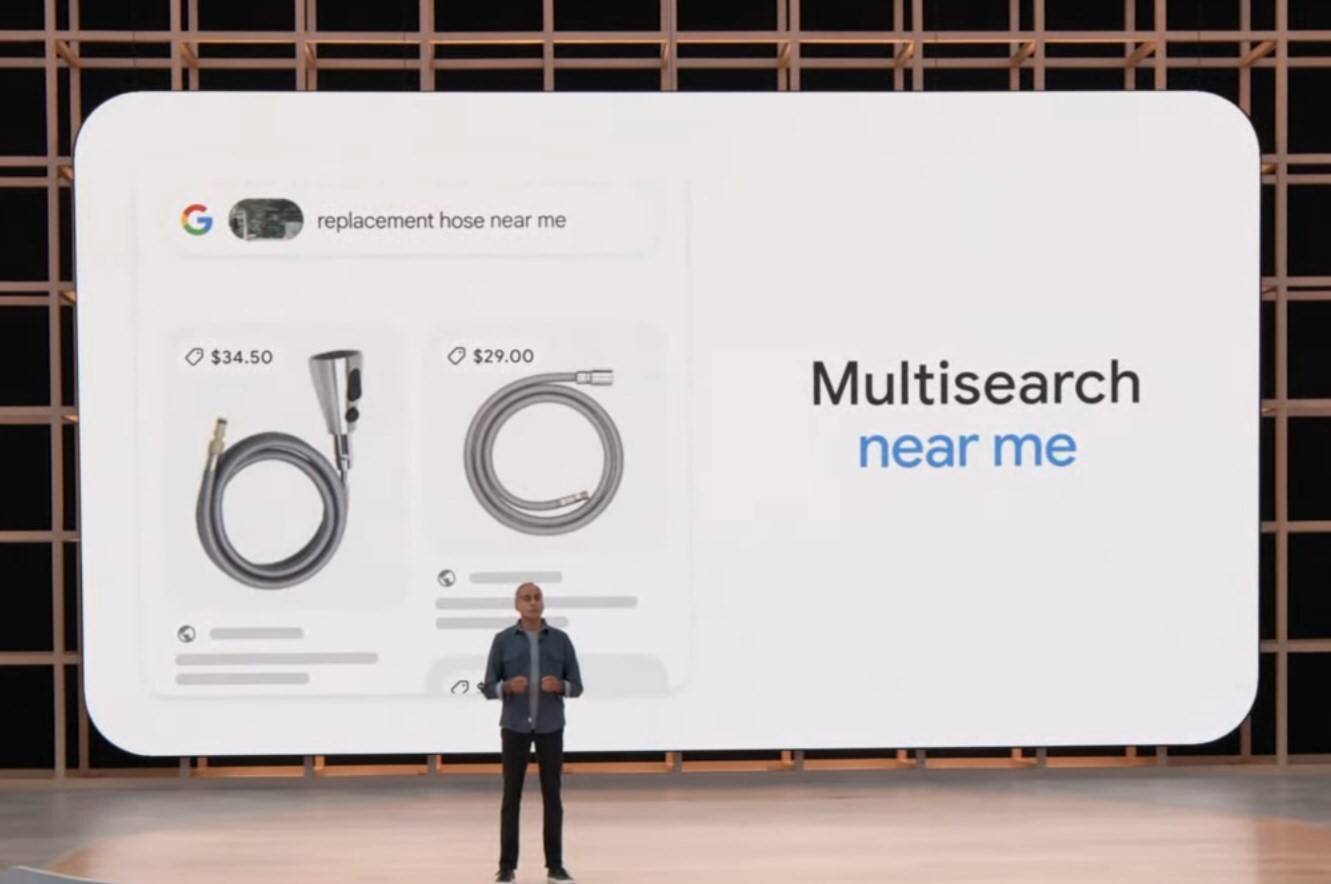
Artificial intelligence technology is also used in the field of visual search. Google then launched the Scene exploration function, which turns your mobile phone into a smart eye and helps you quickly find the small item you think of in a pile of similar things.
Next, Google further promoted the work of skin color diversity, and they introduced the Monk Skin Tone Scale (Monk Skin Tone Scale), which is used to measure the skin color of different ethnic groups, and then help people to fit more suitable filter effects.

Google Photos will launch the Real Tone filter function later this year. With the help of the Munch scale, there are more levels of skin color measurement, and the skin beauty filter must also achieve “thousands of people and thousands of faces”.

Google has been iterating on AI technology, and the Google Assistant is the app that best showcases their results.
So this time they launched Look and Talk and Quick Phrases (quick phrases) features, the former allows users to glance at the Nest device at home, and then speak directly to the Google Assistant to have a conversation, eliminating the need for wake words; the latter is also To help users omit wake words and speak quick phrases directly, they can quickly control smart home devices.


LaMDA, launched last year, received a major version update at this I/O conference. In short, it is a natural voice dialogue platform. As LaMDA continues to iterate, Google Assistant will become more and more “smart”.

One day, when we chat with it, it will be no different from a real person.
We can’t help but find that the update points in the first half of this conference are scattered, mostly small upgrade points, but they are all attached to the main line of artificial intelligence and have been evolving upwards. Google has been working hard in the field of artificial intelligence for many years. Farming, and in return, Google’s various divisions are bearing fruit.
Android 13, steadily enhanced
About 1 hour after the conference, we finally ushered in the heavyweight protagonist-Android 13.
Since Android introduced the Material You design language, the system has become more and more customizable and more open. On Android 13, you can not only customize the color and appearance of Google’s official app icons based on wallpapers, but third-party apps also support this feature. function, which greatly improves the integrity of the icon look and feel.

Various desktop widgets and notification widgets are another feature of Material You. This time Google has introduced a new music playback widget on Android 13, and the playback progress bar has become wavy, which is smart and fun.
In terms of information applications and security, Android 13 has built-in Google Message, an RCS information application that supports end-to-end data encryption, and brings a new digital wallet service, Google Wallet.
You can think of it as a feature-rich digital card package that not only supports digital payments, but Google also integrates credit cards, student IDs, flight status, and even Disney tickets and vaccinations into Google Wallet in the form of cards middle.
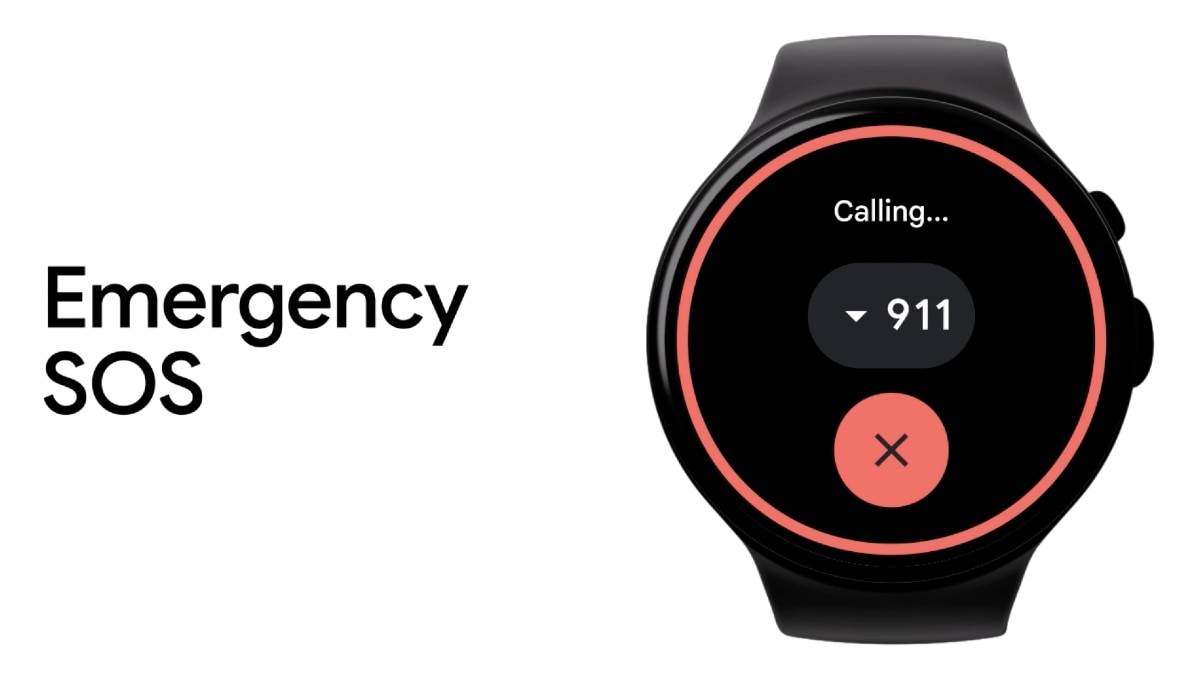
Last year, Google introduced the accident detection function in the Android system, which automatically dials 911 and other alarm calls when people encounter car accidents and other accidents. Many people were rescued because of this. This year, this function will be introduced into WearOS smart watches.
The large-screen application experience of Android tablets has always been criticized by users. After a long period of silence, Google has finally begun to change. Android 13 will be optimized for large screens, providing a dual-column notification bar, a bottom application Dock bar similar to that of a computer, and a split-screen function. Wait.
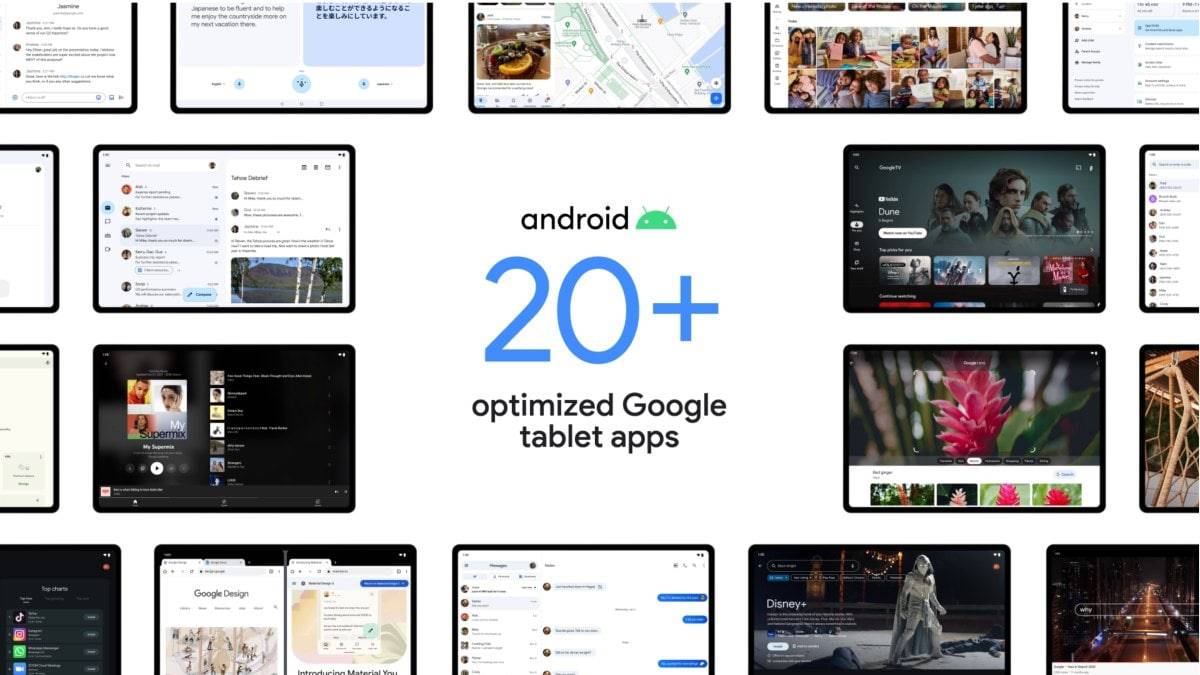
These functions have all appeared on the Android 12L system before. What really determines the experience is whether the application is suitable for the large screen. In this regard, Google has taken the lead in saying that its 20+ official applications have been supported, and third-party applications like Facebook will also be suitable for use. with support.
It is a long way to go. I hope that after Google pays attention and provides corresponding development support, the Android big screen ecology can be improved.
Today, when the circulation of multiple devices and interconnection has become a frequent visitor at the conferences of major mobile phone manufacturers, Google has finally let the Android system catch up with this trend.
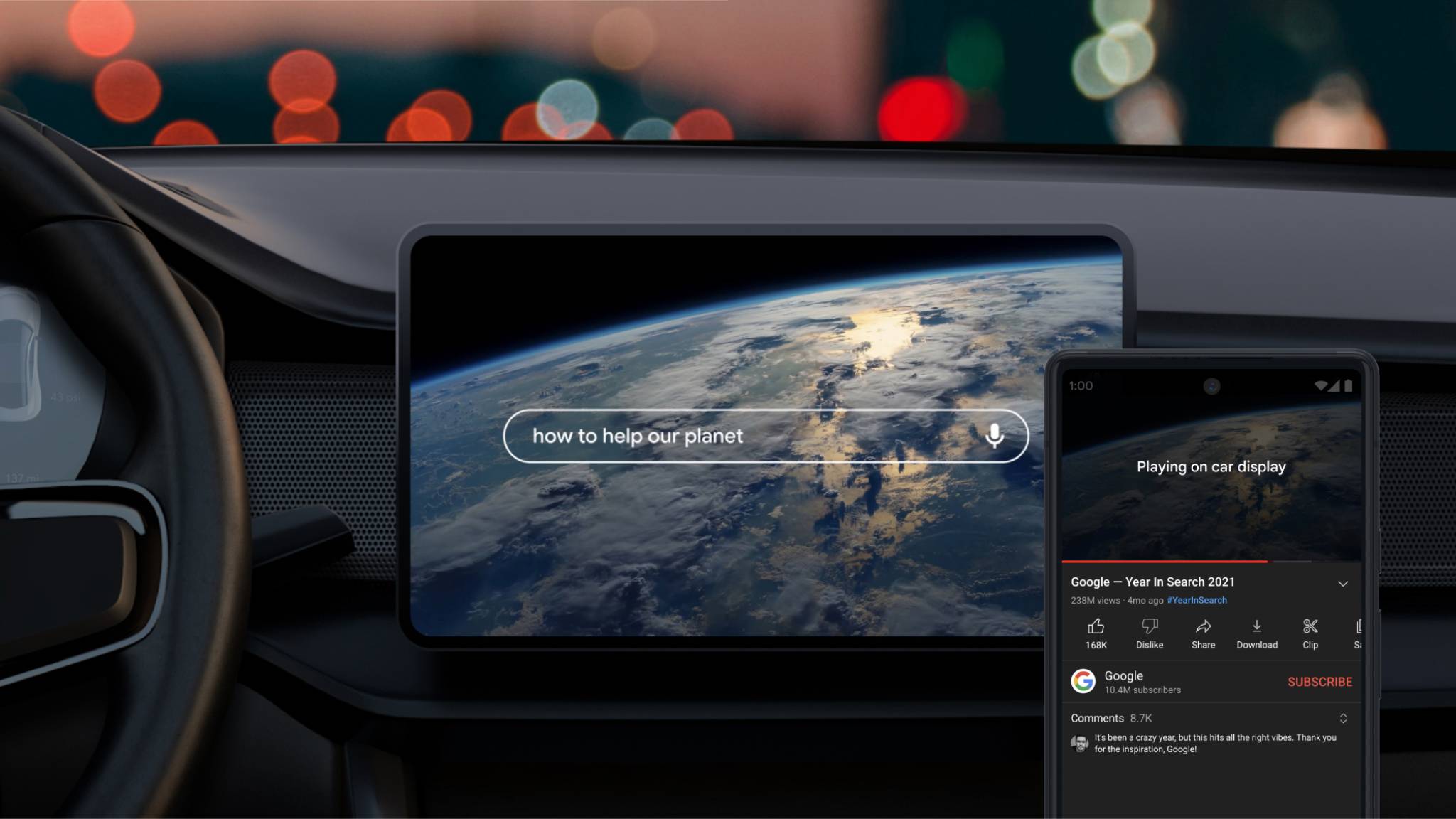
The latest Android will bring a comprehensive multi-device streaming function, video, text messages, from mobile phones to tablets to computers, everything is very natural, and even Google has extended the viewing screen projection service to the large car screen.
You can copy pictures on Android phones and paste them on Android tablets.
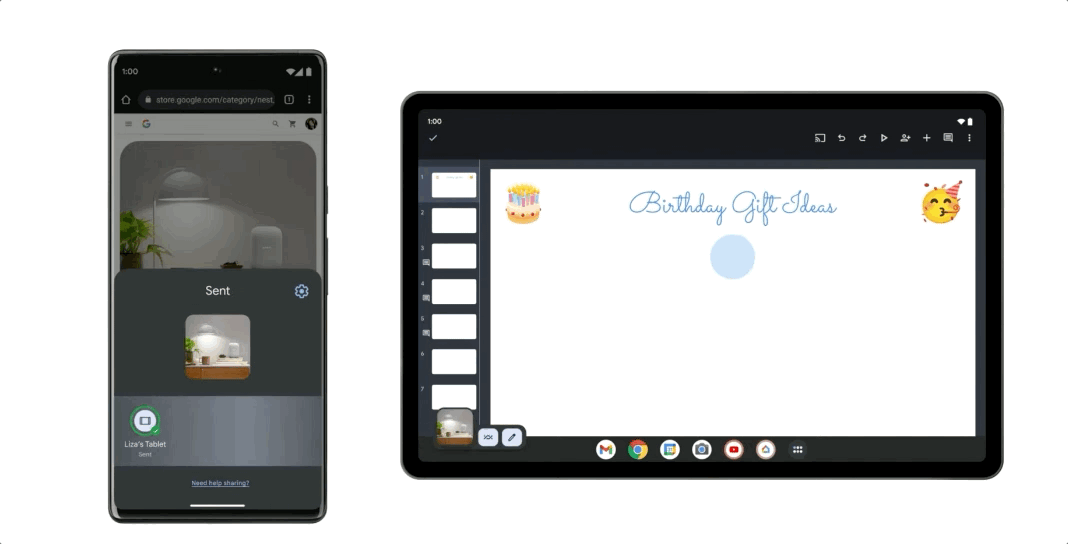
Another pain point of interconnection is connection convenience and stability. For this reason, Google has specially developed the Fast Pair function. Devices such as mobile phones and tablets will be automatically paired and connected, reducing the setup process.
Pixel 6a, no price increase
Tensor’s self-developed chips and Pixel 6 series entrust Google’s ambition to set the Android benchmark. Although it has gone through twists and turns, the final result seems to be good. Google said that the Pixel 6 series is the fastest-selling and best-selling mobile phone of the Pixel series since its launch. .
With a roar of cheers, Google added another fire — here comes the Pixel 6a.

The opening is the most crucial information. The Pixel 6a starts at $449, the same as the Pixel 5a, the previous model in the series.
The Pixel 6a uses the same design language as its big brother, the Pixel 6. The two phones are very similar. At the same time, Google offers three colors, black, white, and green. The chip is also the same self-developed Tensor chip as the big brother.

As a mid-range mobile phone, with the flagship chip, other places will naturally shrink, and the most direct one is the screen.
The Pixel 6a is equipped with a 6.1-inch 1080P resolution OLED hole-digging screen, which selects the most common 60Hz refresh rate in a trend of high refresh rate screens. It also provides an off-screen fingerprint function, 5-year system security update support, and a storage configuration of 6GB. +128GB with 5G support.
In terms of battery life, the Pixel 6a uses a 4410mAh battery that supports 18W wired PD charging. Google claims that with the adjustment of the battery optimization function, the Pixel 6a can provide a full day of battery life support.

Tensor’s strong machine learning capabilities allow the Pixel series to go further and better in computational photography, and the Pixel 6a is no exception. It uses a rear 12.2-megapixel wide-angle lens and a 12-megapixel ultra-wide-angle rear The configuration of the megapixel front camera.
The Pixel 6a supports the Real Tone function, which can accurately restore people’s skin tones, and has a night mode that provides good clarity when taking pictures at night.
The pictures taken by the original camera can also be “magically modified” in the album, and the elements you don’t want in the picture can be removed through the magic eraser function to make the picture more concise.

In addition, Pixel 6a also brings features such as real-time subtitles and real-time translation based on machine learning.
Finally, Google made a small preview for the next-generation flagship Pixel 7 series, perhaps knowing that its own products are not very good at keeping secrets, and directly released the pictures, still using the same splicing design as now, equipped with the next-generation Tensor self-developed chip , expected to be released this fall.
The Pixel family blossoms
Google’s first active noise-cancelling headphones are here. The Pixel Buds Pro’s headphone box is not much different from the old one, but there are things inside.

The earphone body has canceled the earhook design, and the whole is more concise and capable. A single earphone weighs 6.1 grams, contains a custom 6-core audio chip, and supports the Bluetooth 5.0 protocol to achieve active/call noise reduction. Of course, the transparent mode will not be absent. , and even offers spatial audio capabilities.


With Google’s new multi-device collaboration strategy, Pixel Buds Pro can switch synchronously with the replacement of playback devices. In terms of battery life, the Pixel Buds Pro body can achieve 12 hours of music playback time at a time, and when noise reduction is turned on, this score is 7 hours. If the charging case is added, the battery life is 33 hours/20 hours respectively.


The earphones are priced at $199 and pre-orders start on July 21.
In addition, they also previewed a wave of Pixel Watch by the way. Its appearance is exactly the same as the previous spy photos, it is very round, the surface is polished as smooth as jade, and there is only a rotating crown with tactile feedback on the right side.

Pixel Watch is equipped with a new version of WearOS, supports the new Google wallet, and it also deeply integrates Fitbit functions. Google completed the acquisition of Fitbit at the beginning of last year, and we finally have the opportunity to see the new Fitbit under the Google system.

It’s a pity that the above are all previews, and the Pixel Watch will not officially meet consumers until this fall’s hardware conference.

In addition to the watch, Google also previewed a tablet product that will be launched in 2023: the Pixel Tablet.
There is very little information about it, we only know that it looks like the screen on the front of the Nest Hub Max, and it will be equipped with Android 13L system.

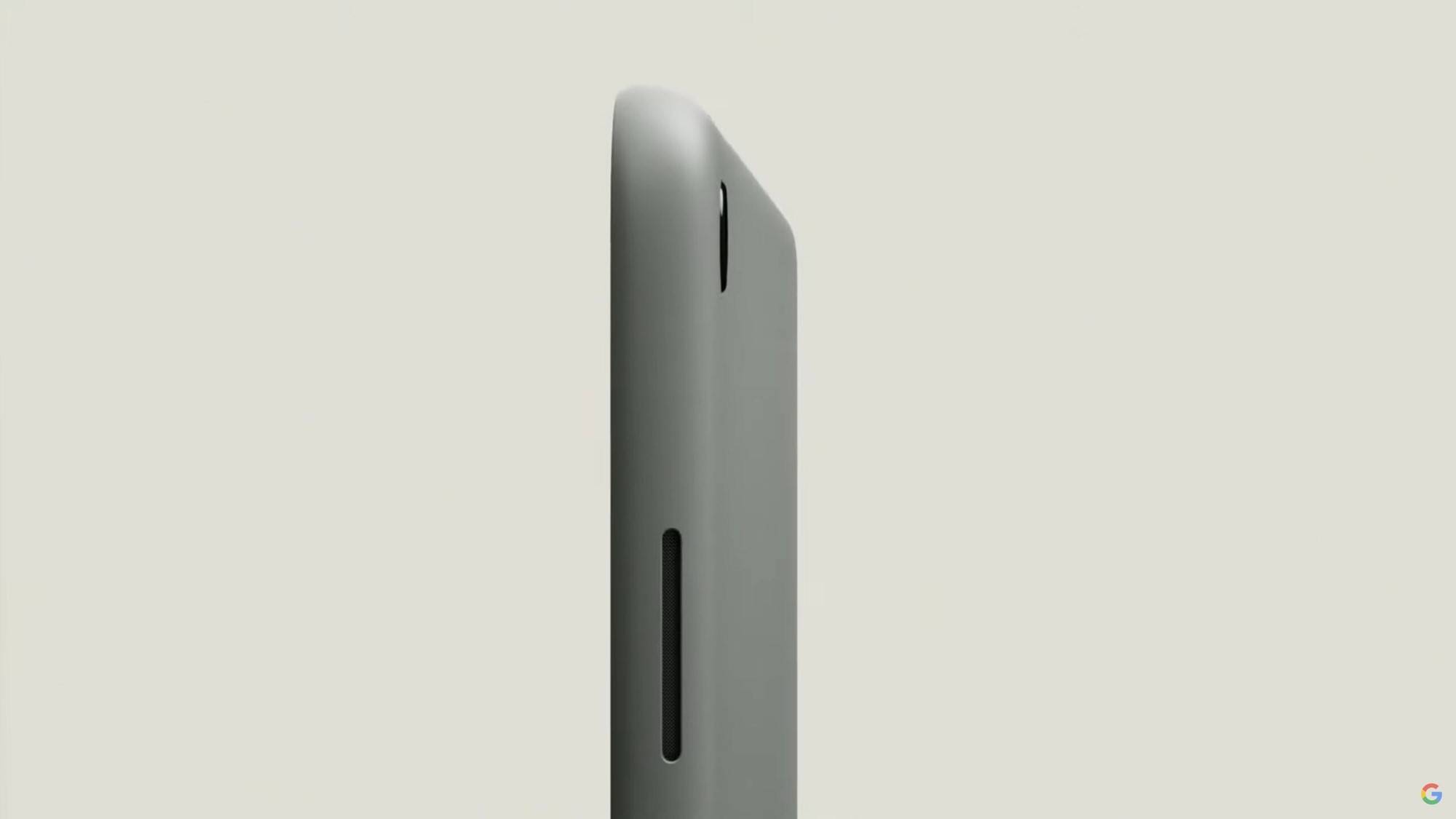
Finally, near the end, Google released a short video. The beginning of the clip shows that there is a language barrier between members of an immigrant family. This situation is not uncommon in this multi-ethnic region of the United States. How to help people to achieve barrier-free communication and communication is Google has been Research topics, so they made an AR glasses.

This glasses product, which looks lighter and more traditional than Google Glass, uses AR technology to project text on the lens, and the user wears it to communicate face-to-face with people. Text, understand what the other person is saying.
However, the glasses that appear in this short film may not necessarily become real objects. Google just gave us a vision of barrier-free communication. As for the future effect, I am looking forward to it.
Summarize
The link between the previous and the next is the key word of the entire Google I/O conference.
After innovating the Android design language Material You and reshaping the smart watch system WearOS, Google still needs to face people’s doubts about whether it can break through the old problem of ecological fragmentation and truly bring products and services to more consumers.
Today’s conference is a further answer from Google. Android 13 strengthens Material You’s support for third-party mobile phone manufacturers and applications, and brings more complete multi-device interconnection functions. Design changes require constant optimization and improvement.

The Pixel 6a and Pixel 6 series cover a complete product line from mid-end to high-end, Pixel Buds Pro plus the upcoming Pixel Watch, a rich lineup of self-developed products, Google is becoming more and more like a “hardware manufacturer”, and The bottom layer of them is still the company’s proud advantage – AI (artificial intelligence), but now it is a combination of software and hardware.
As scientist Alan Kay said, “People who are extremely serious about software should produce their own hardware.”

#Welcome to pay attention to the official WeChat account of Aifaner: Aifaner (WeChat: ifanr), more exciting content will be brought to you as soon as possible.
love fan |
Original link ·
View Reviews ·
Sina Weibo
media coverage
Love Faner Sohu Geek Park IT Home Sohu CNBeta CNBeta Sohu CNBeta Sohu CNBeta Fast Technology NetEase News Fast Technology
event tracking
- 2022-05-11 Google I/O 2022 full record: Android plays multi-device collaboration, and new hardware becomes the protagonist of the audience
- 2022-04-01Google Pixel 6A exposure: will adopt a family-style design, pre-installed Android 12L
- 2021-10-19 Google adds order, Pixel 6 will double its own-brand smartphone production
- 2021-10-05 Google announces Pixel 6 product launch event on October 19
- 2021-09-22Australian carriers hint at Google Pixel 6/Pro launch on October 19
This article is reprinted from: https://readhub.cn/topic/8fVUdgRKuin
This site is for inclusion only, and the copyright belongs to the original author.